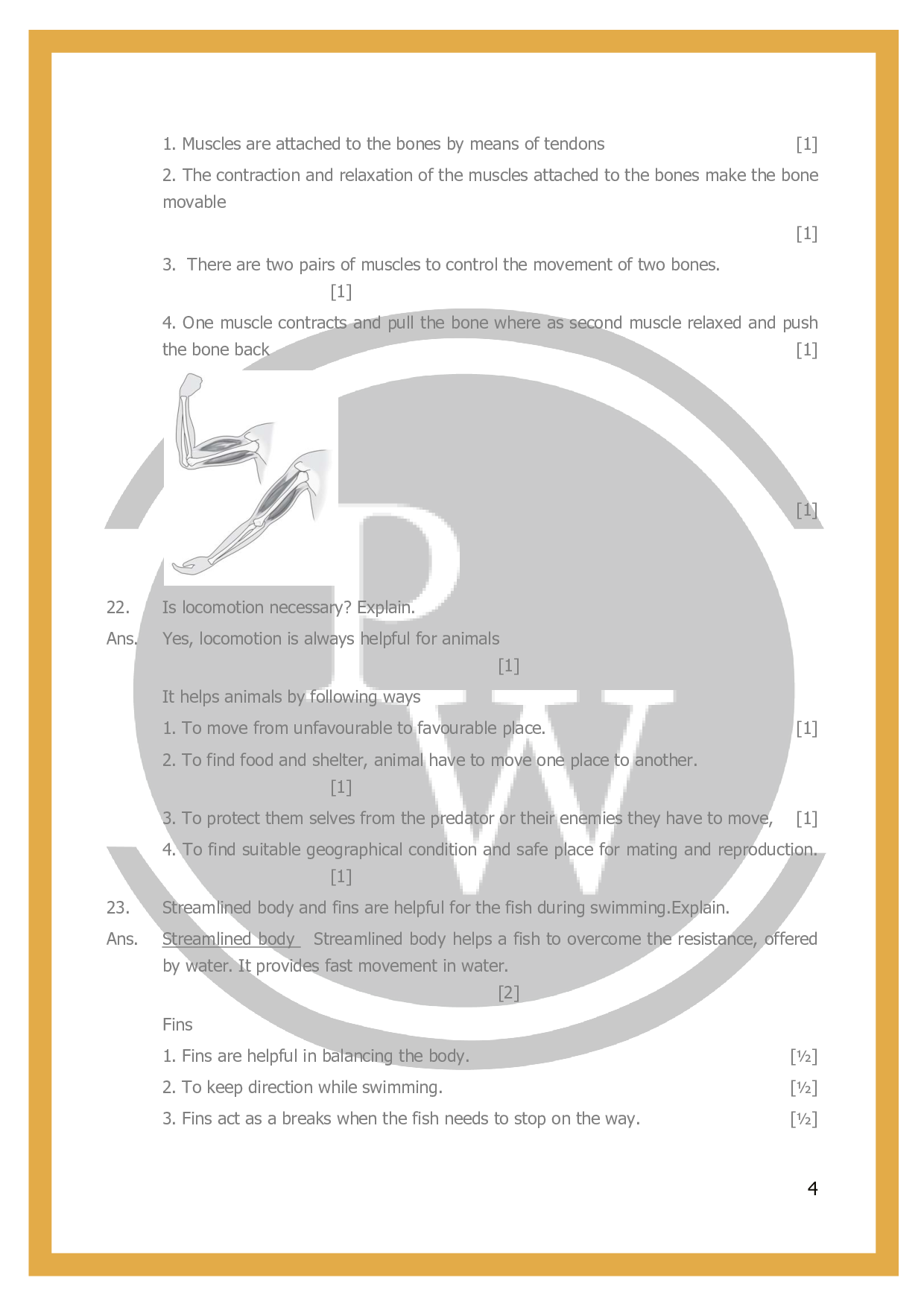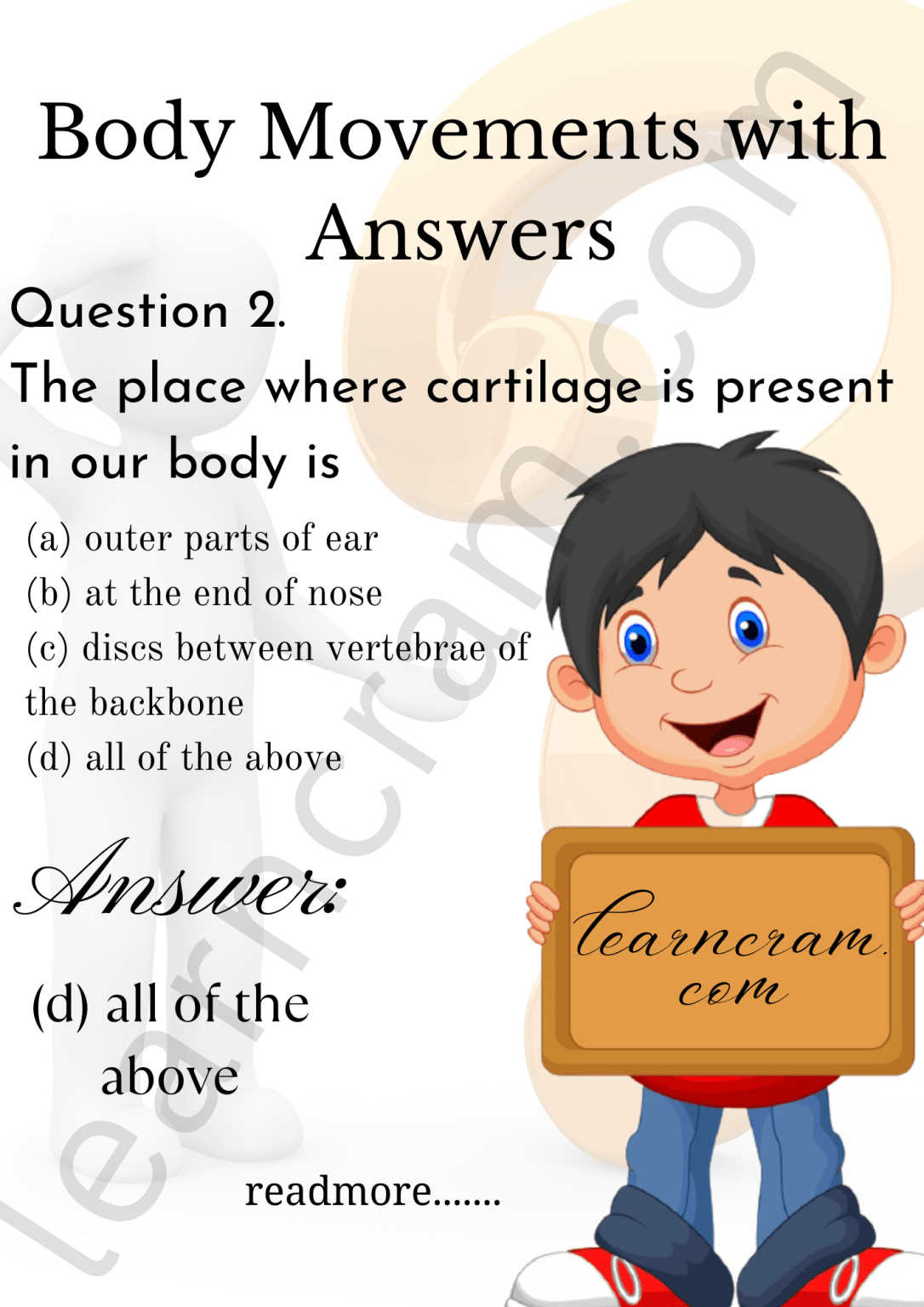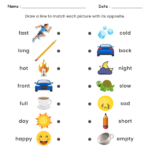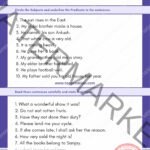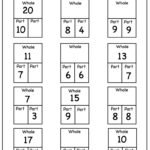Types of Body Movements
There are various types of body movements that we can do. Let’s explore some of them:
1. Flexion and Extension
Flexion is when we bend a body part, like bending our arms at the elbow. Extension is the opposite, when we straighten a body part, like straightening our legs.
2. Abduction and Adduction
Abduction is when we move a body part away from the midline of our body, like spreading our fingers apart. Adduction is the reverse, when we bring a body part back towards the midline, like closing our fingers together.
3. Rotation
Rotation is when we turn a body part around its axis. For example, when we turn our head from side to side or twist our waist.
4. Circumduction
Circumduction is a combination of flexion, extension, abduction, and adduction. It involves moving a body part in a circular motion, like when we swing our arm in a circle.
5. Supination and Pronation
Supination is when we turn our palm upward, like when we hold a bowl of soup. Pronation is the opposite, when we turn our palm downward.
6. Dorsiflexion and Plantar Flexion
Dorsiflexion is when we bend our foot upward, like when we stand on our heels. Plantar flexion is when we point our toes downward, like when we stand on our tiptoes.
7. Inversion and Eversion
Inversion is when we turn the sole of our foot inward, towards the midline of our body. Eversion is the opposite, when we turn the sole of our foot outward.
8. Lateral Flexion
Lateral flexion is when we bend our body sideways, like when we try to touch our ear to our shoulder.
Worksheet Exercises
- Perform the following movements: flexion, extension, abduction, adduction, rotation, circumduction, supination, pronation, dorsiflexion, plantar flexion, inversion, eversion, and lateral flexion.
- Observe the movements of different body parts and write down the actions they perform.
- Identify examples of each type of body movement in your daily life.
- Match the correct term with its description.
- Create a movement sequence using at least three different types of body movements.
Remember to use your body safely and avoid any movements that may cause discomfort or injury.
Class 6 Science Worksheets Chapter 8Body Movements Physics Wallah
MCQ Questions For Class 6 Science Chapter 8 Body Movements With Answers
